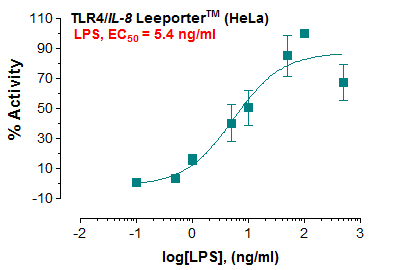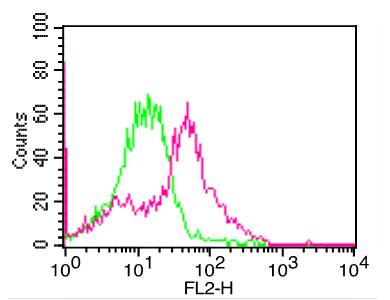Anti-Influenza A, Nucleocapsid
Shipping Info:
For estimated delivery dates, please contact us at [email protected]
| Amount : | 250 µg |
| Isotype : | Mouse IgG2a |
| Purification : | Purity :>90% monomer by analytical SEC and SDS-Page Preparation : This monoclonal antibody is purified from ascites fluid or culture medium by protein A chromatography or sequential differential precipitations. |
| Content : | Concentration:100 ?g/ml Formulation: This monoclonal antibody is aseptically packaged and formulated in 0.01 M phosphate buffered saline, pH 7.2 and contains 0.1% sodium azide. Due to inherent biochemical properties of antibodies, certain products may be prone to precipitation over time. Precipitation may be removed by aseptic centrifugation and/or filtration. |
| Storage condition : | This product contains no stabilizing proteins and should be stored at 2-8°C until ready to use. |
| Alternative Name : | Common flu NP, Influenza A virus NP, NP, Nucleocapsid protein, Nucleoprotein, Protein N, Seasonal Influenza A (H1N1) Nucleocapsid Protein |
Specificity: Anti-Influenza A, Nucleoprotein (Clone IA-3808) is reactive with >50 separate isolates from H1 through H14.
Background: There are four types of Influenza (flu) viruses: type A, B, C, and D. Influenza A and B viruses are routinely spread in people and other mammals, while also known for seasonal flu epidemics each year. Influenza A is the genus Alphainfluenzavirus of the virus family Orthomyxoviridae. Influenza A is classified into two main protein subtypes, hemagglutinin (HA) and neuraminidase (NA), located on the surface of the virus. Breaking down the proteins further, there are 18 hemagglutinin subtypes and 11 different neuraminidase subtypes1. Influenza A can be even further classified into specific clades (also known as groups) and sub-clades (also known as sub-groups) based on similarity of their HA/NA gene sequences1. The Nucleocapsid protein or nucleoprotein (NP) of the influenza virus A negative-strand RNA?s primary function is to encapsulate the virus genome for the purpose of RNA transcription, replication and packaging2. Specifically, NP is the most abundant viral protein in infected cells2, therefore the NP can be and has been used for anti-influenza drug development3. The NP of influenza A and B viruses share up to 38% of their amino acid sequence, indicating region functionality differences at the amino acid level4.
ELISA Recommended starting range 1:20-1:200 IF Recommended starting range 1:10-1:50 IHC
For Research Use Only. Not for use in diagnostic/therapeutics procedures.
|
There are currently no product reviews
|
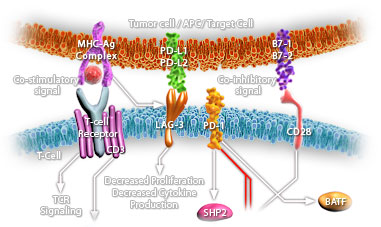
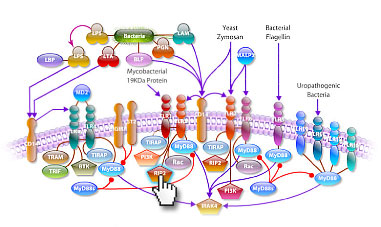






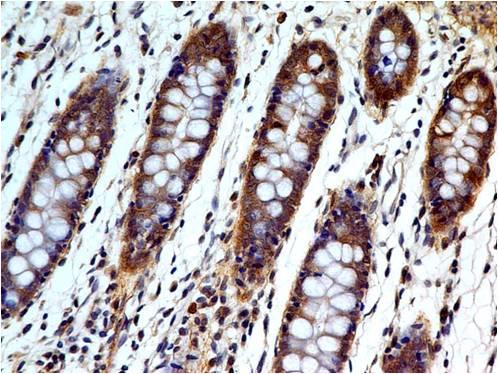


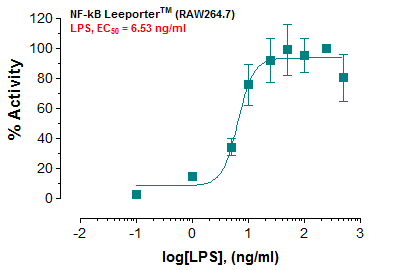

.png)

